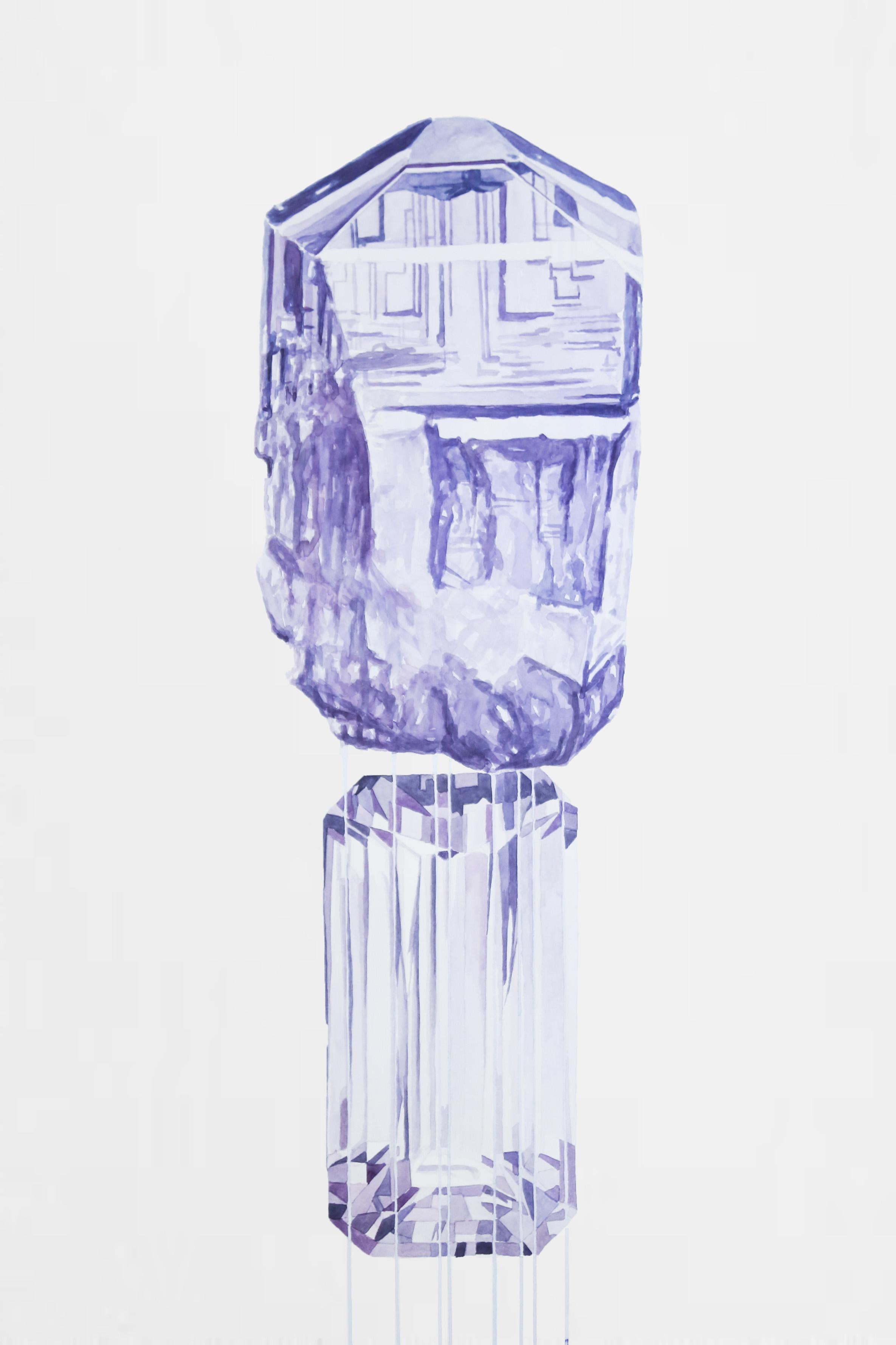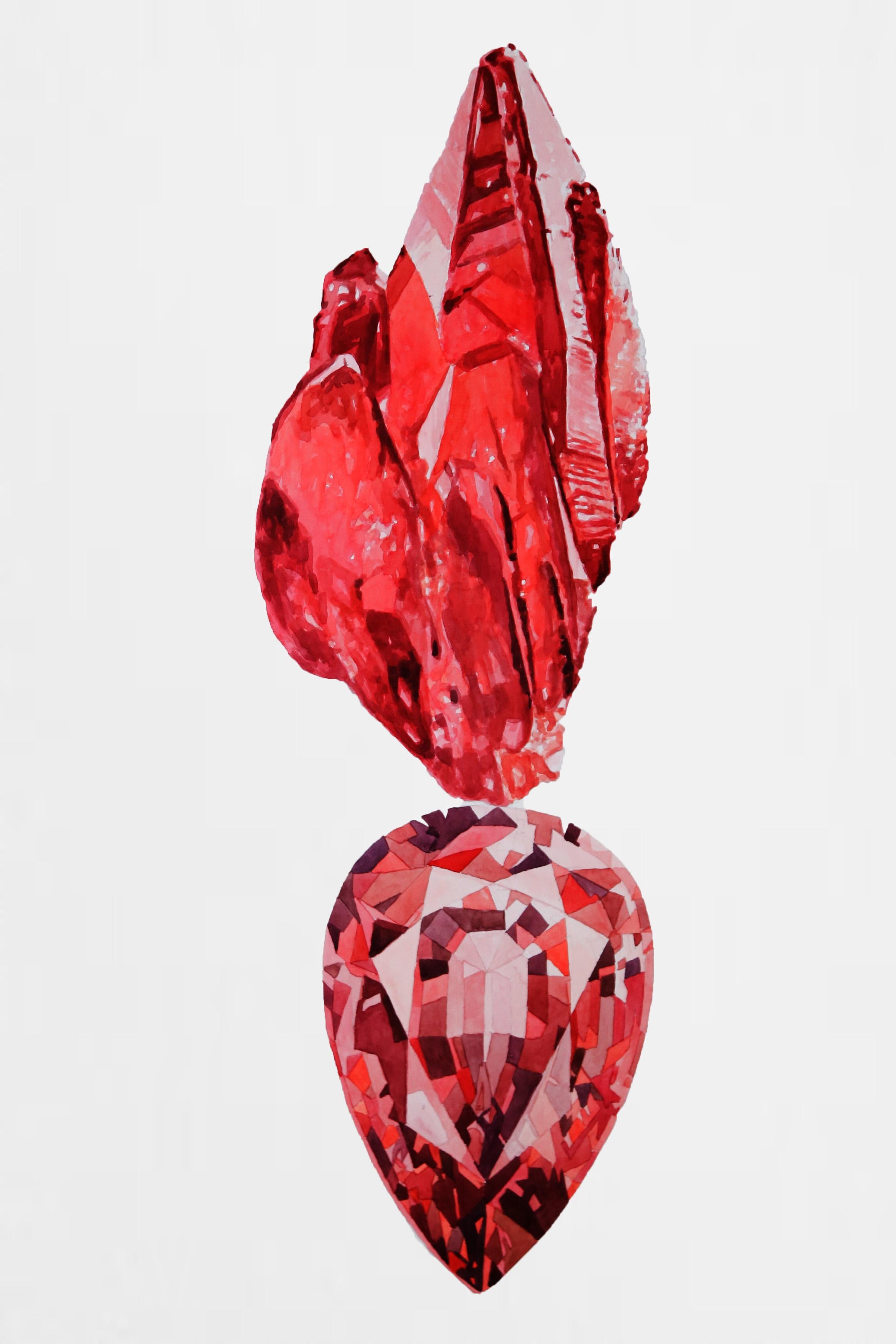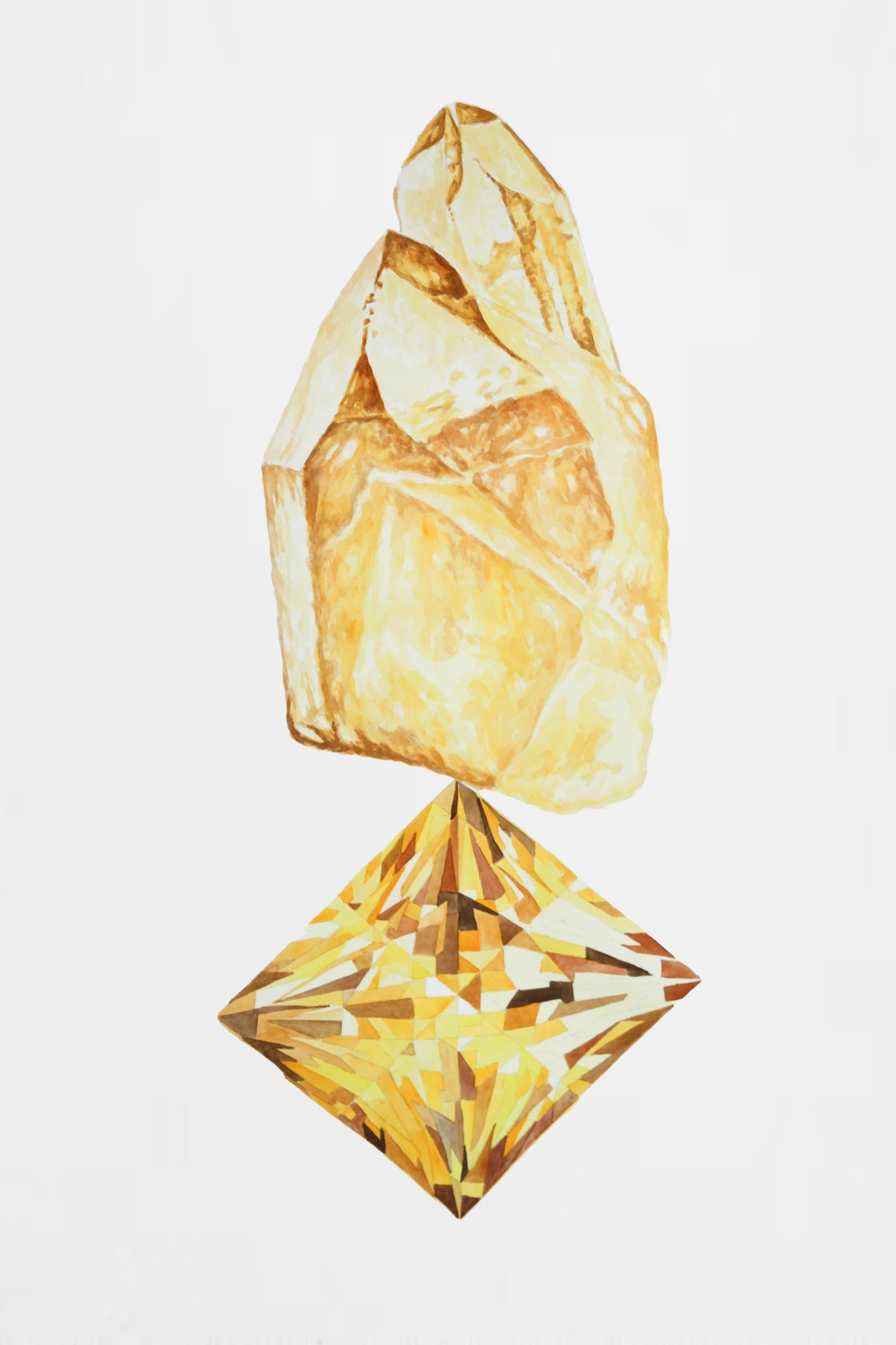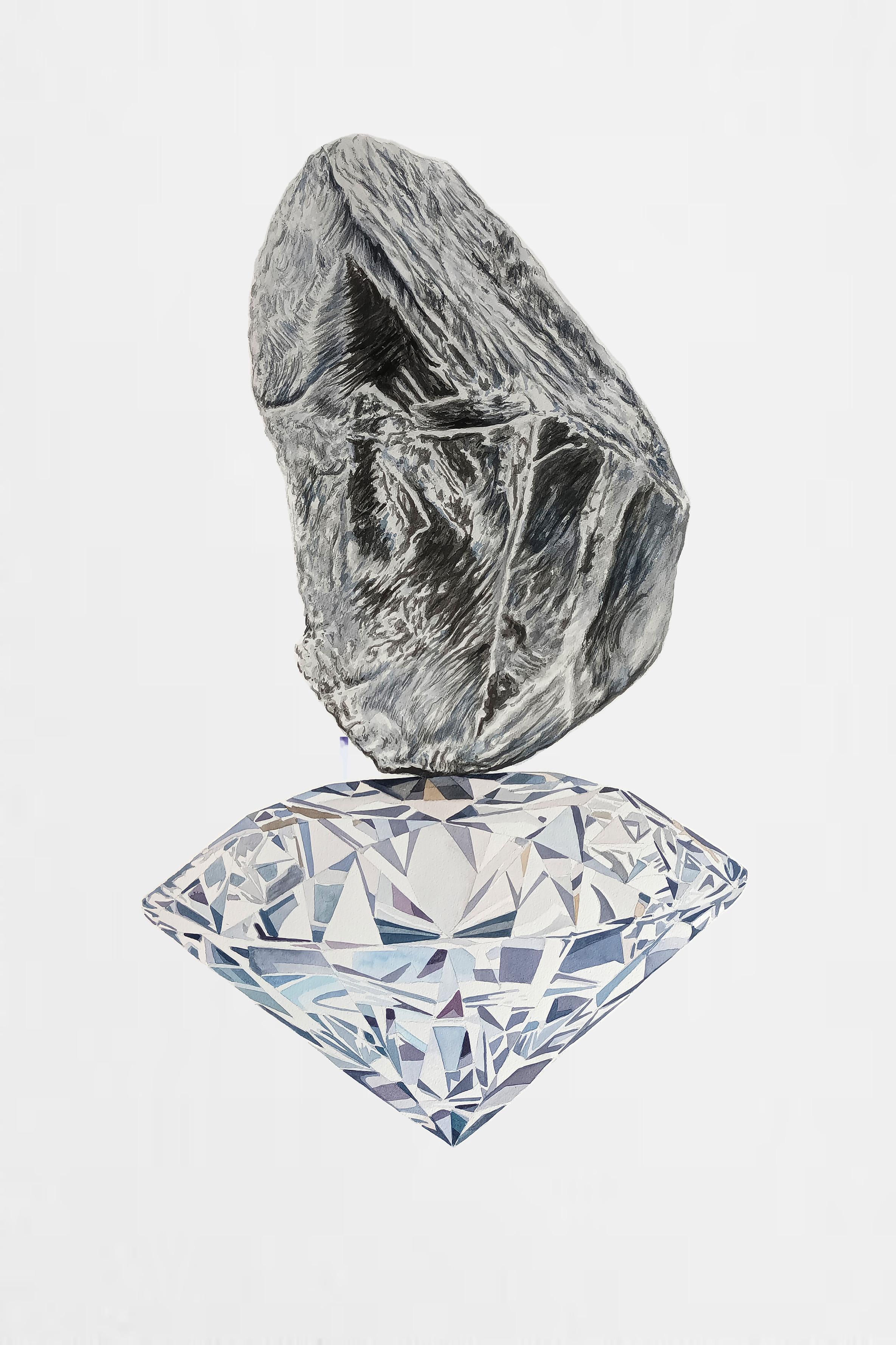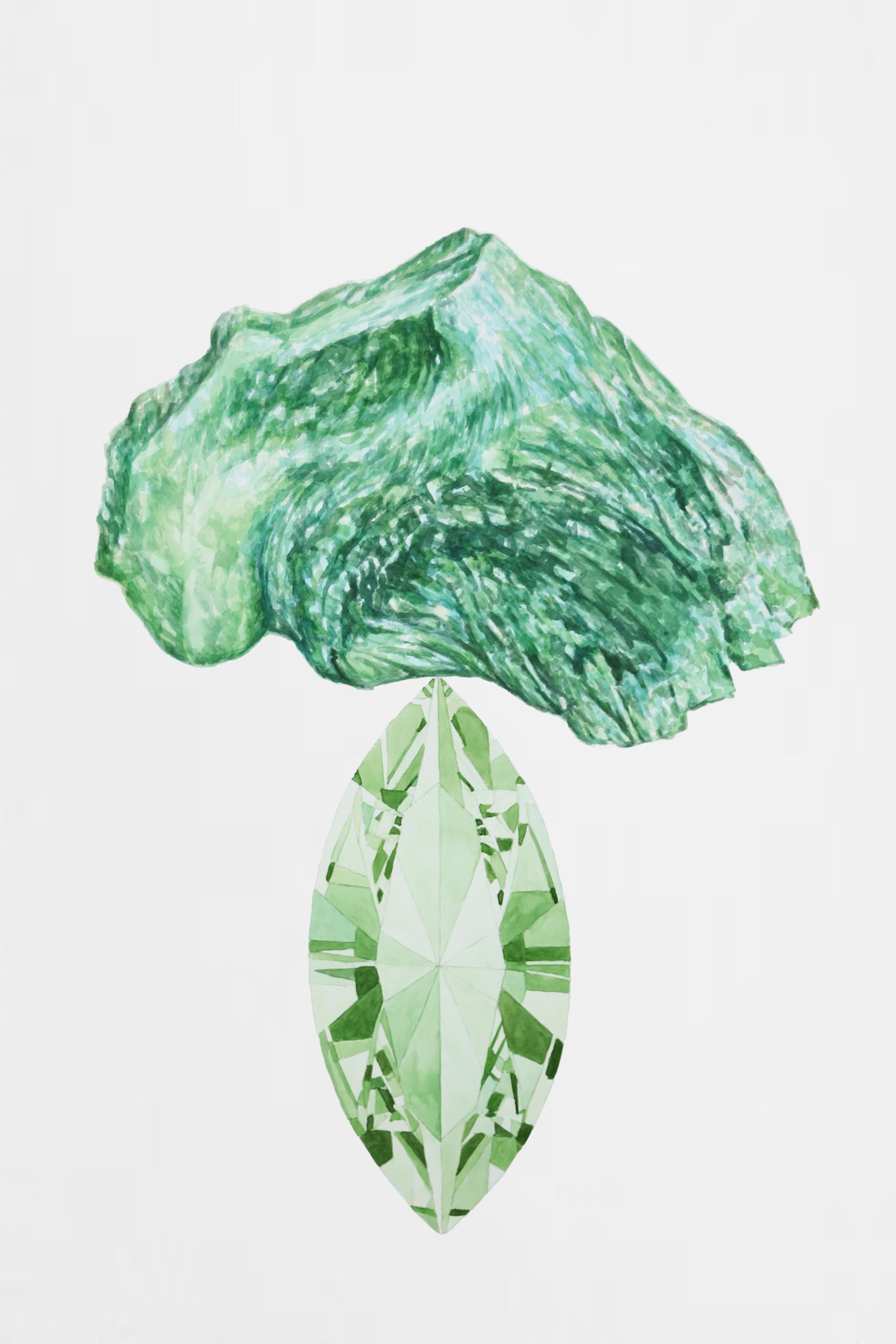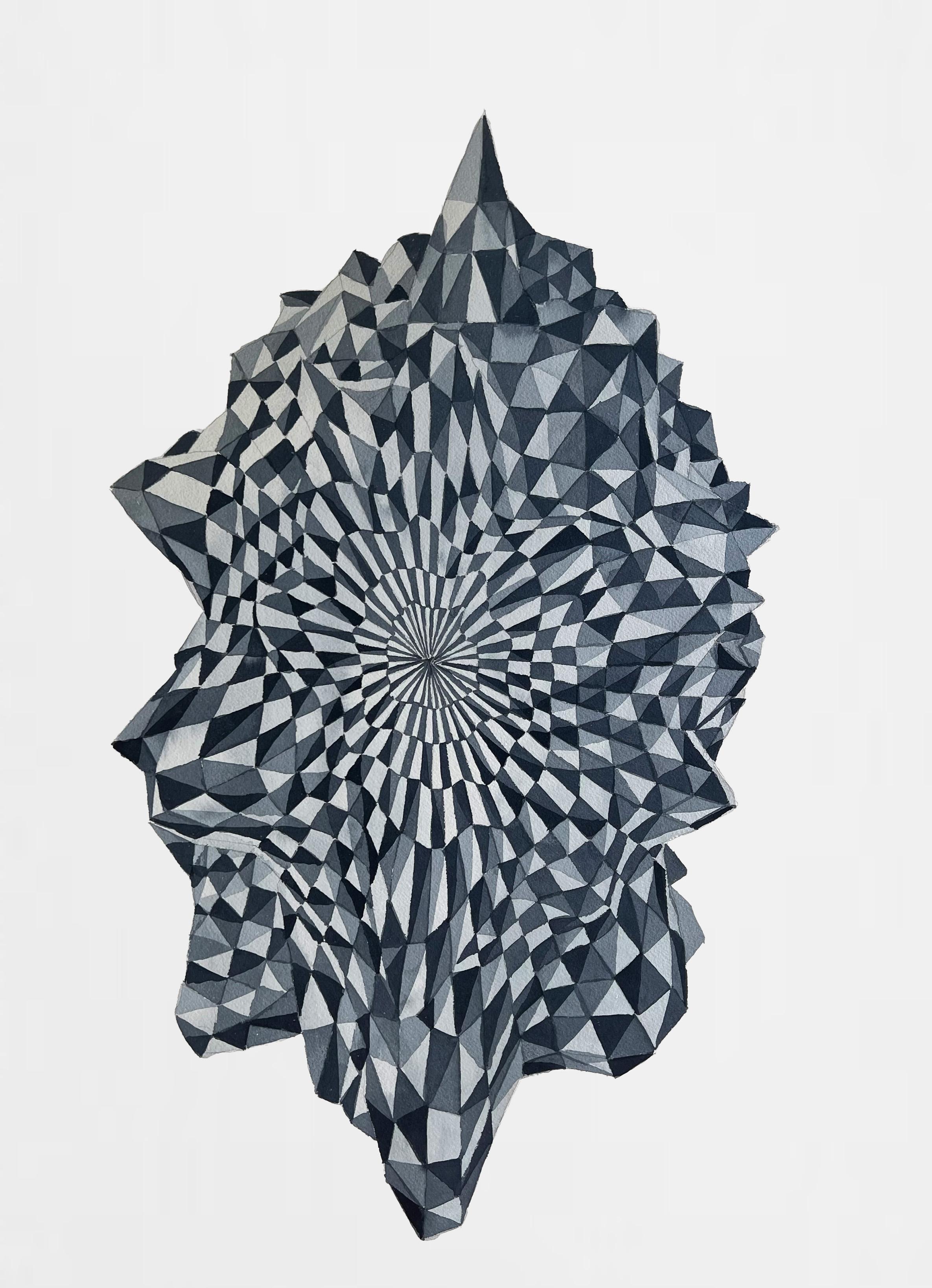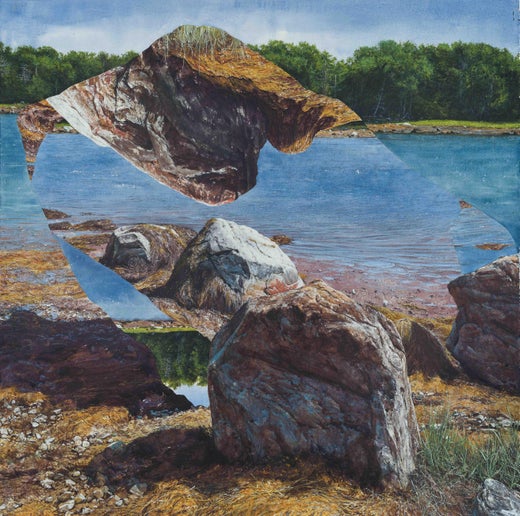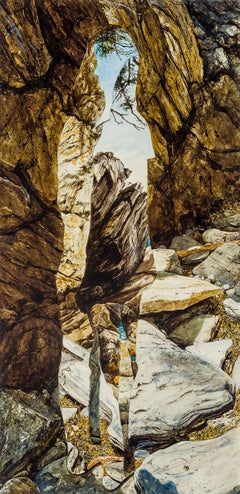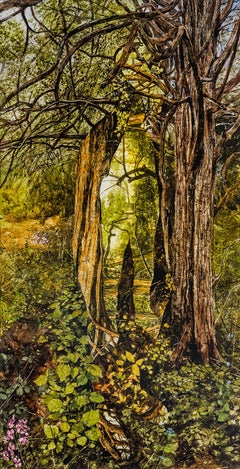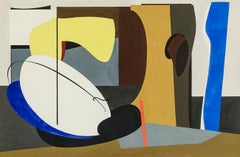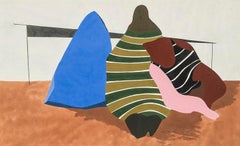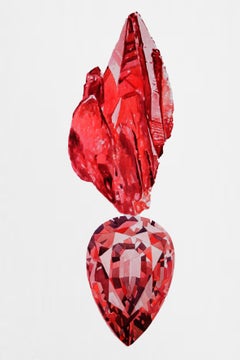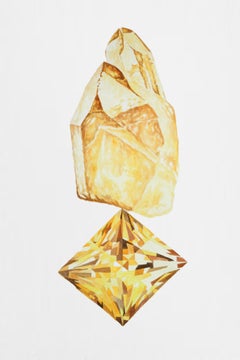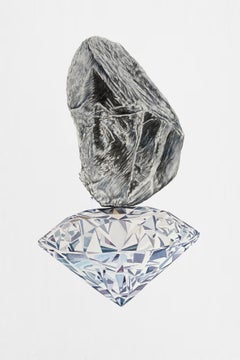Colin HuntMany-Worlds Interpretation (H.C.H.C.E.c)2020
2020
About the Item
- Creator:Colin Hunt (1973)
- Creation Year:2020
- Dimensions:Height: 21 in (53.34 cm)Width: 9 in (22.86 cm)
- Medium:
- Movement & Style:
- Period:
- Condition:
- Gallery Location:New York, NY
- Reference Number:Seller: M 10379D.0311stDibs: LU2313393102
Colin Hunt
Colin Hunt (b. 1973) is a Brooklyn, NY-based artist working primarily in egg tempera and watercolor. His recent series of landscapes of the Avebury stone circle outside of London are more than skillful depictions of the English countryside. For him, the paintings are explorations in the hereafter. Hunt’s process of layering multiple views of each stone in the round, with the stone itself removed in the painting, creates what he calls “portals” between one version of a place and another. The absence of the stone acts as a metaphor for the absence of a loved one and the portal in each painting is a portrait of the void that the loved one has left behind. He writes of the series, “Drawing inspiration from Avebury, a neolithic henge in southern England, these pictures are puzzles of literally what’s not there in a document, reflected over and over for the viewer at the moment of looking. In this way, I attempt to upend the conventions of landscape painting and the sublime to focus on everyday mysteries about death — how we live with it and how the enormity of someone’s life can coexist with the hole of their nonbeing.” Hunt received his MFA from Columbia University and his BFA from Cooper Union, both in New York. His work has been exhibited nationally and internationally in numerous museums and galleries, including the Contemporary Arts Museum Houston, TX; Teckningmuseet, Laholm, Sweden; The Brooklyn Museum, NY; The National Academy of Design, New York, NY; Triumph Gallery, Moscow, Russia; ZieherSmith, New York, NY; Artist Space, New York, NY; White Columns, New York, NY; and Vox Populi, Philadelphia, PA. In 2011, he was the inaugural resident at the Galveston Artist Residency in Galveston, TX. His work has been featured and/or reviewed in a number of publications including New American Paintings, The Brooklyn Review, The New Yorker, and The New York Times.
(Biography provided by Hirschl & Adler)
- ShippingRetrieving quote...Shipping from: New York, NY
- Return Policy
More From This Seller
View All2010s Abstract Abstract Drawings and Watercolors
Watercolor
2010s Abstract Abstract Drawings and Watercolors
Watercolor
20th Century American Modern Abstract Drawings and Watercolors
Paper, Gouache, Graphite
20th Century American Modern Abstract Drawings and Watercolors
Paper, Watercolor, Gouache, Graphite
Late 20th Century American Modern Abstract Drawings and Watercolors
Charcoal, Ink, Watercolor, Pencil
Late 20th Century American Modern Abstract Drawings and Watercolors
Charcoal, Ink, Watercolor, Pencil
You May Also Like
2010s Abstract Abstract Drawings and Watercolors
Watercolor, Cardboard
2010s Abstract Abstract Drawings and Watercolors
Watercolor, Cardboard
2010s Abstract Abstract Drawings and Watercolors
Watercolor, Cardboard
2010s Abstract Abstract Drawings and Watercolors
Watercolor, Cardboard
2010s Abstract Abstract Drawings and Watercolors
Watercolor, Cardboard
2010s Abstract Abstract Drawings and Watercolors
Watercolor, Cardboard
Recently Viewed
View AllRead More
With Works Like ‘Yours Truly,’ Arthur Dove Pioneered Abstract Art in America
New York gallery Hirschl & Adler is exhibiting the bold composition by Dove — who’s hailed as the first American abstract painter — at this year’s Winter Show.
Remarkably, Elizabeth Turk’s Sculptures Highlight the Lost Voices of Extinct Birds
In one of the first live and in-person exhibitions at a Manhattan gallery since last spring, the California-based sculptor gives the lost voices of endangered and extinct birds and animals a magnificent embodied form.
